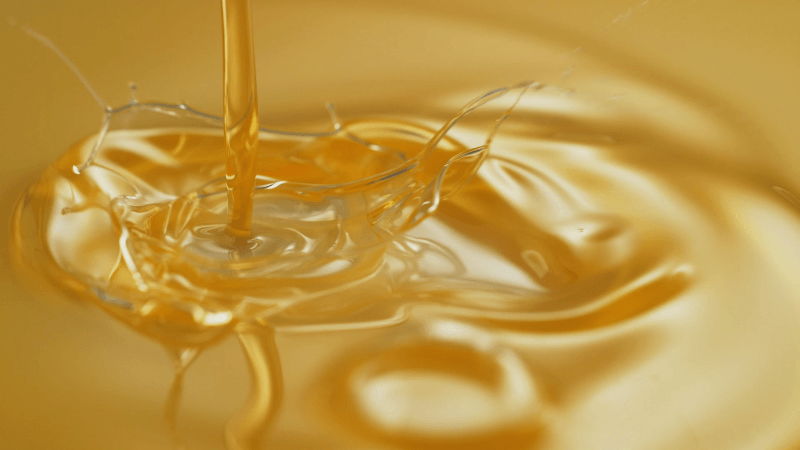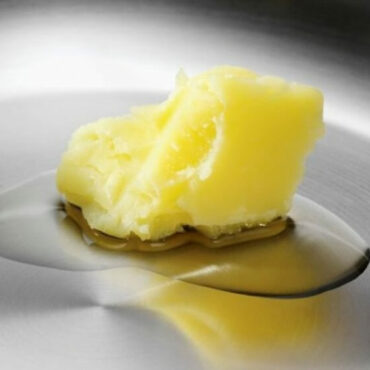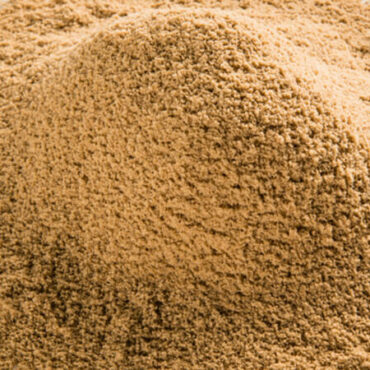In addition to animals being used to produce meat for human consumption, about half of the animal is turned into byproducts. Some of them are further processed into technical animal fat and protein for a variety of applications. All these processes aim to add value to the animals.
Have you ever wondered – “what is technical animal fat used for?” Today we’ll find that out and cover a few other interesting details of this highly useful product.
What Kind of Fats Are Considered Technical Animal Fats?
Let’s first define technical animal fat. Technical fat is derived from different parts of the animal that don’t meet the sanitary requirements for food production. However, these products can be successfully used for other non-edible purposes.
Simply put, technical fats are obtained by melting raw fat, unsuitable for human consumption.
There are three types of technical fats recognised by manufacturers that have slightly different characteristics – different shades, consistencies, and rendering processes.
- First grade. These types of fats have a milky white or light yellow colour. The moisture content of this product is around 0.3%, and the acidity index is around 7.
- Second grade. These are fats ranging from yellow to yellow-brown in colour. The standard moisture content for such products is 0.5%, and the acidity index – 25.
- Third grade. These substances have a deep, dark colour. The moisture content reaches 0.5%, while the acidity index can be of any value.
The technical characteristics of the product dictate where it can be applied.
What Types of Industries Use Technical Animal Fats?
As we’ve mentioned, some of the animal fats that are byproducts of the meatpacking industry can become a valuable commodity. What is technical animal fat used for?
This product is used to manufacture greases and calcium-sodium salts of fatty acids lubricating solutions. Animal fat-based lubricants are typically used for heavy machinery. This type of equipment requires special lubricant types and lubrication methods, and animal fat satisfies the high-temperature needs. They also show the necessary properties under immense loading and friction conditions.
What is technical animal fat used for besides the production of lubricants?
First-grade technical fat can also be used for animal feed as granted by the European Union certification. Fat feeds have a high-calorie content (about twice as high as most feed alternatives). The value also comes from the fact that a small amount of fat-containing feed delivers a significant amount of energy and fat-soluble vitamins: A, D, E, etc.
Biofuels produced from food and plantation waste have been gaining a lot of attention lately.
And the fuel industry is yet another market using technical fat. Existing engines don’t need to be improved or modernised to work on biodiesel. This is why fats in the production of biofuel have gained such popularity.
How Is Technical Animal Fat Transported?
Technical animal fat has a lower grade quality than edible products. This category is assigned to products that don’t require the preservation of nutrients and vitamins – technical animal fat is not meant for human consumption.
Large amounts of technical animal products are transported via tanker lorries and cargo ships. Shipment by trucks is the most direct solution for transport and also one of the fastest. The reason is that it can be moved directly to the endpoint without requiring any change in transportation methods.
As for shipments by water, trains make deliveries to seaports where cargo is moved in bulk. Ultimately, the method is chosen based on the end destination.
The storage period for technical fat is indefinite, but there is still some information that should be kept in mind for transportation. The product must not be contaminated by substances that promote quality deterioration.
Therefore, tanks are designed according to modern guidelines to avoid aeration. Industrial chemical containers ensure that there are chemical changes within the product.




